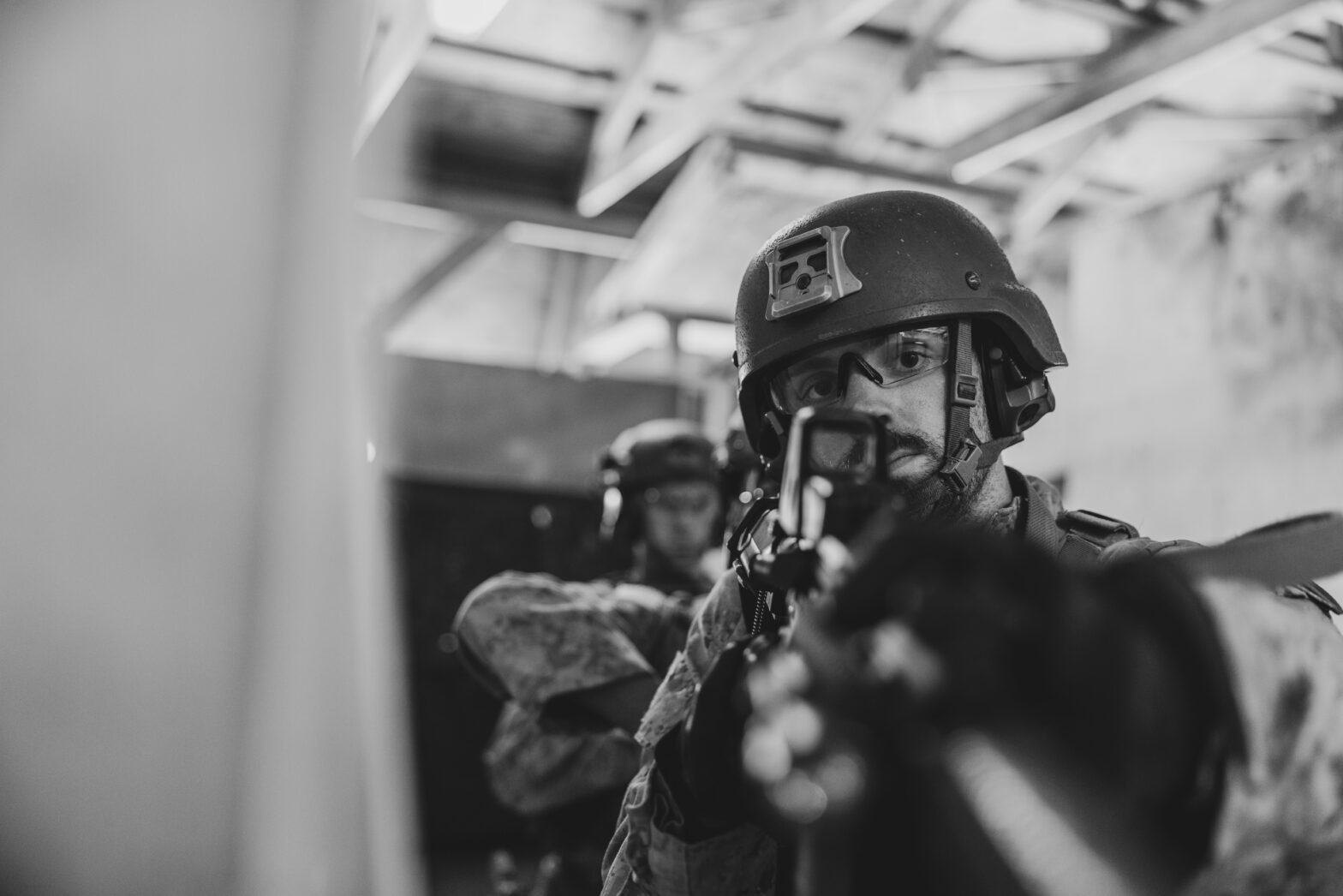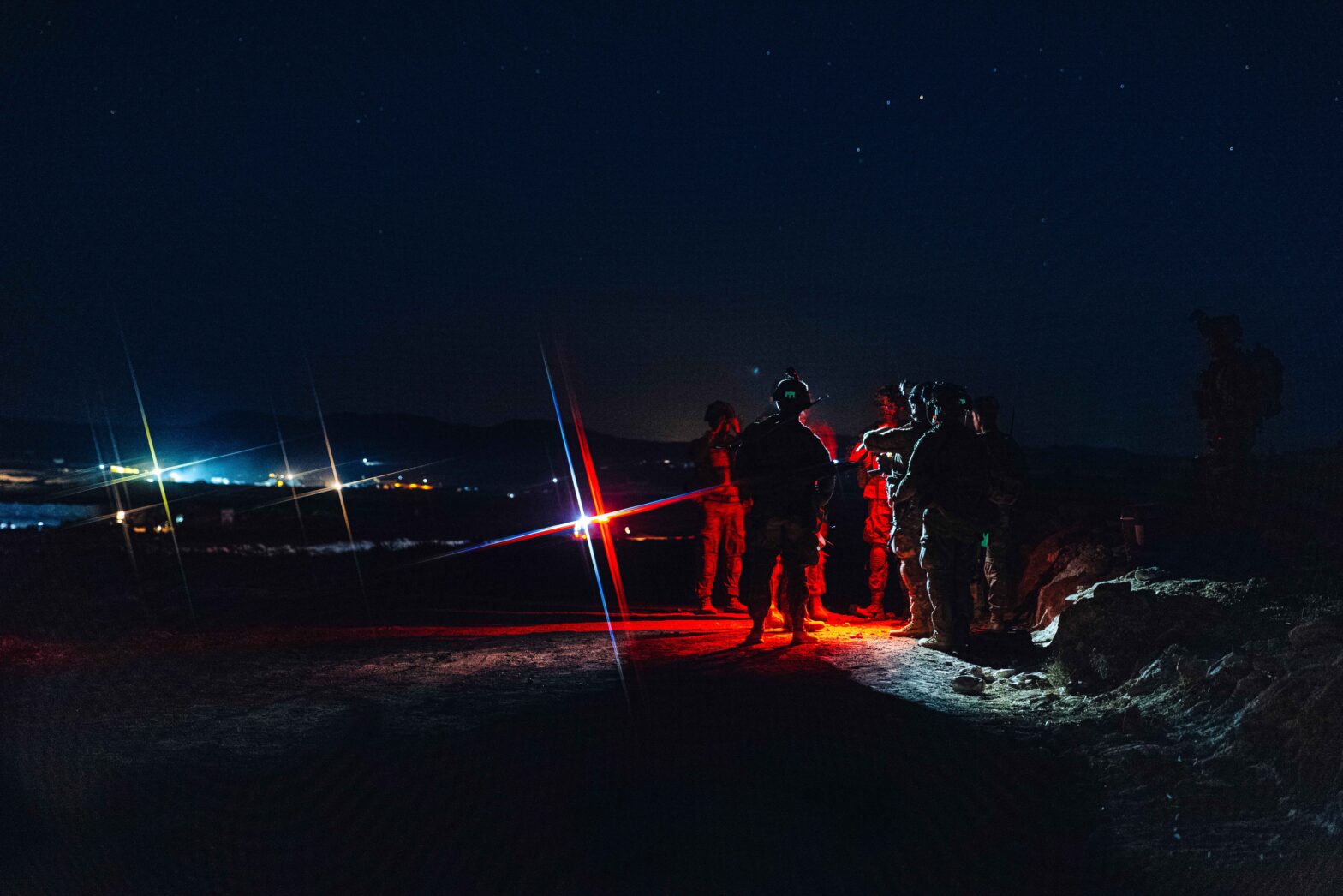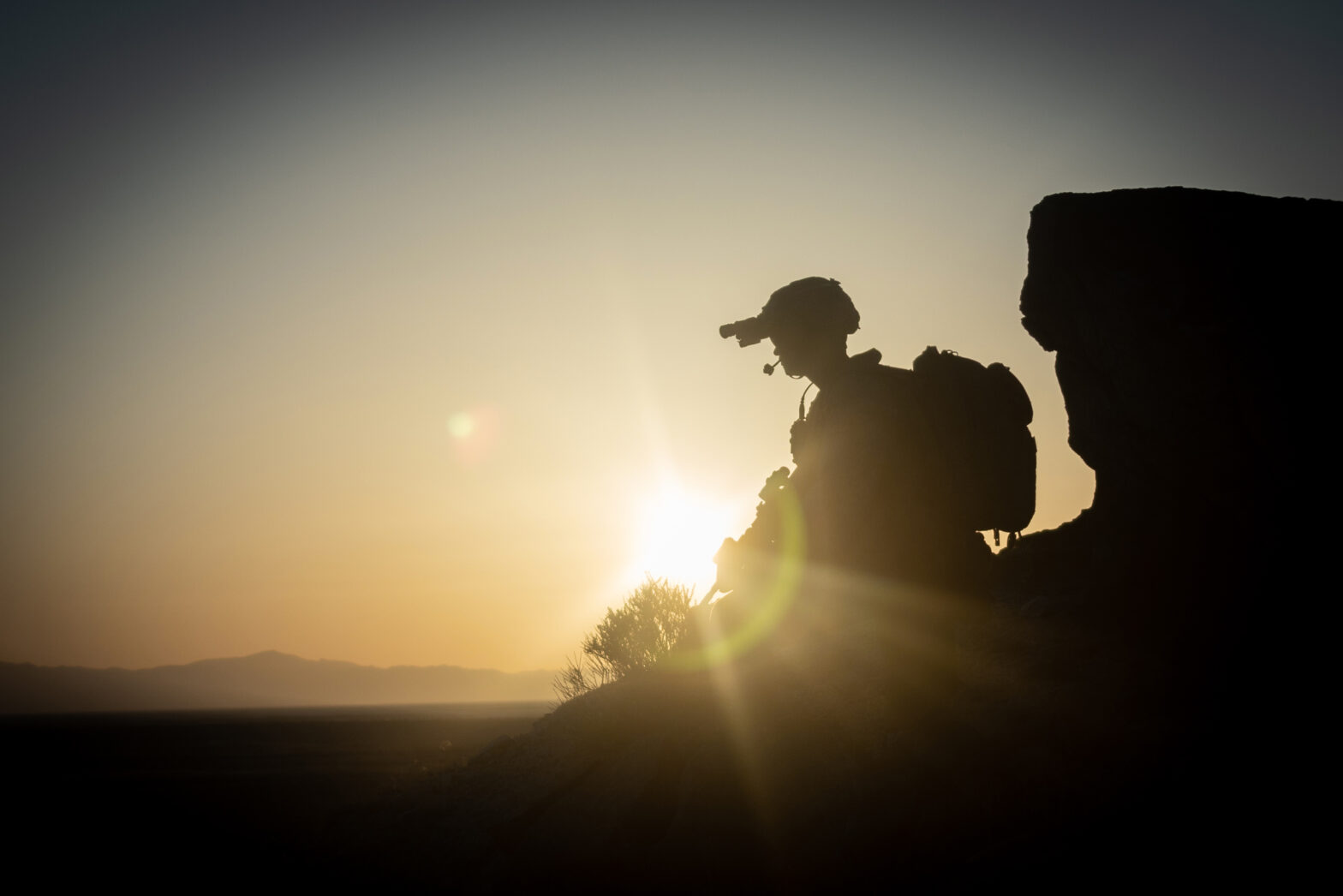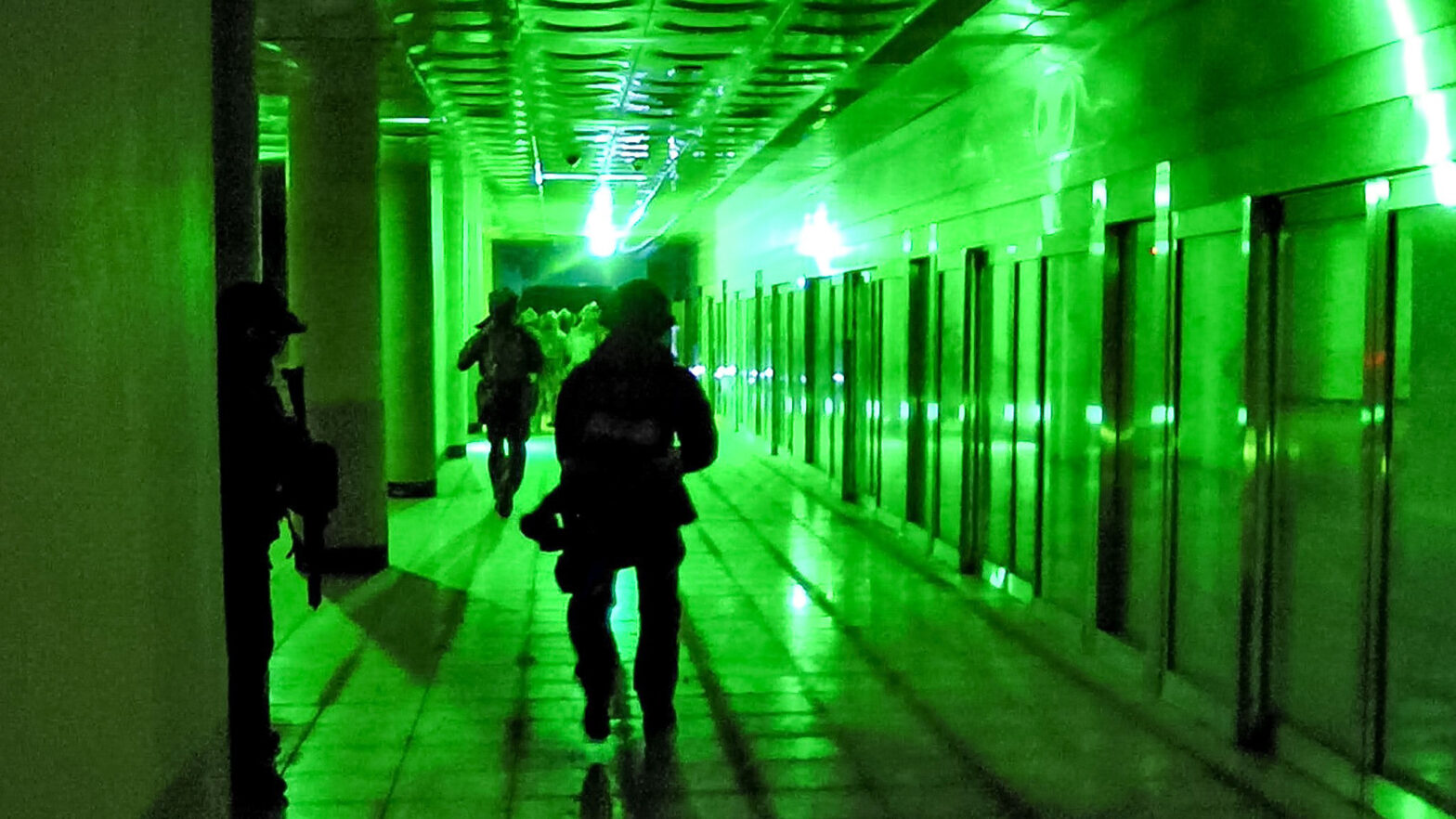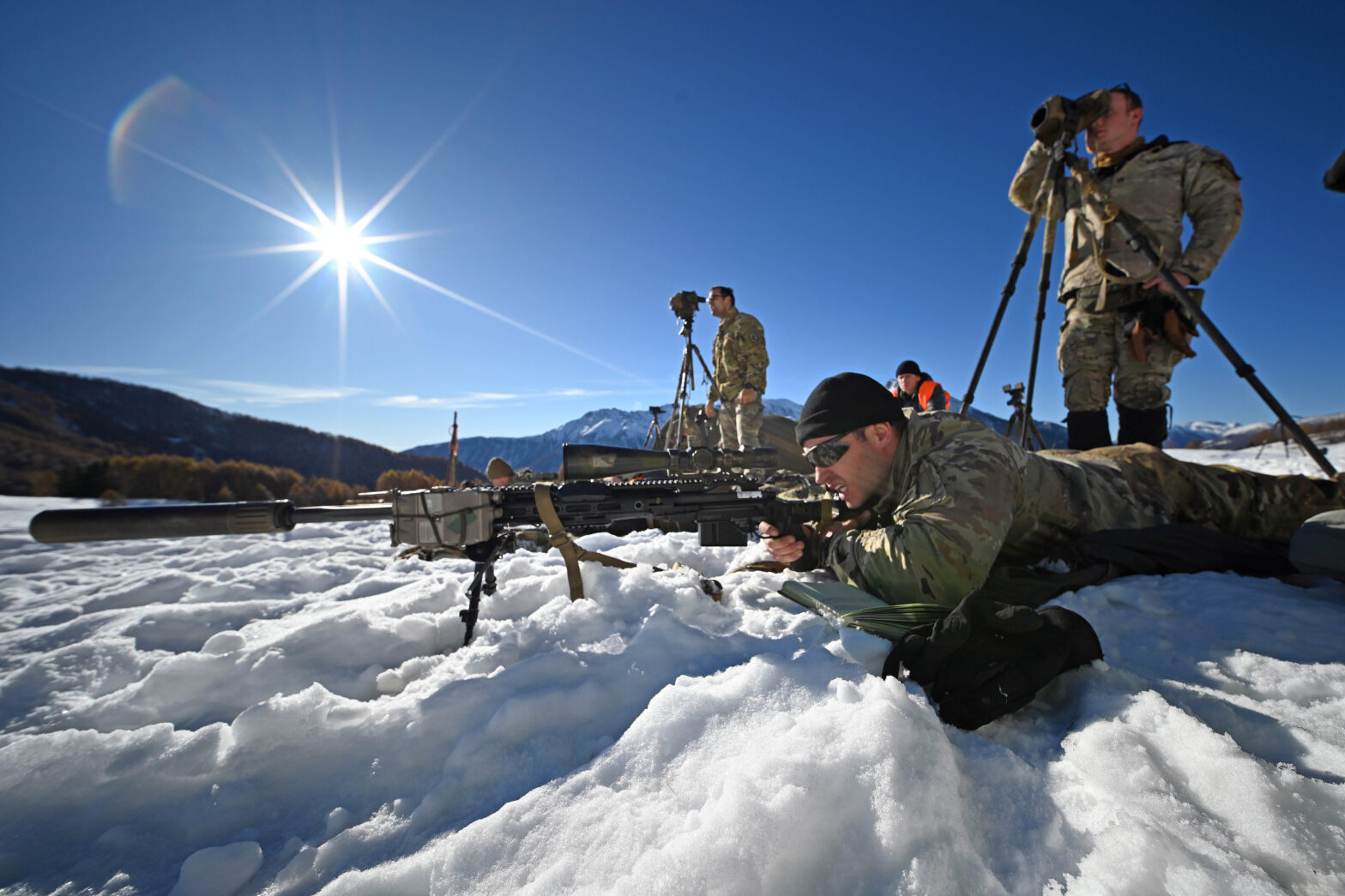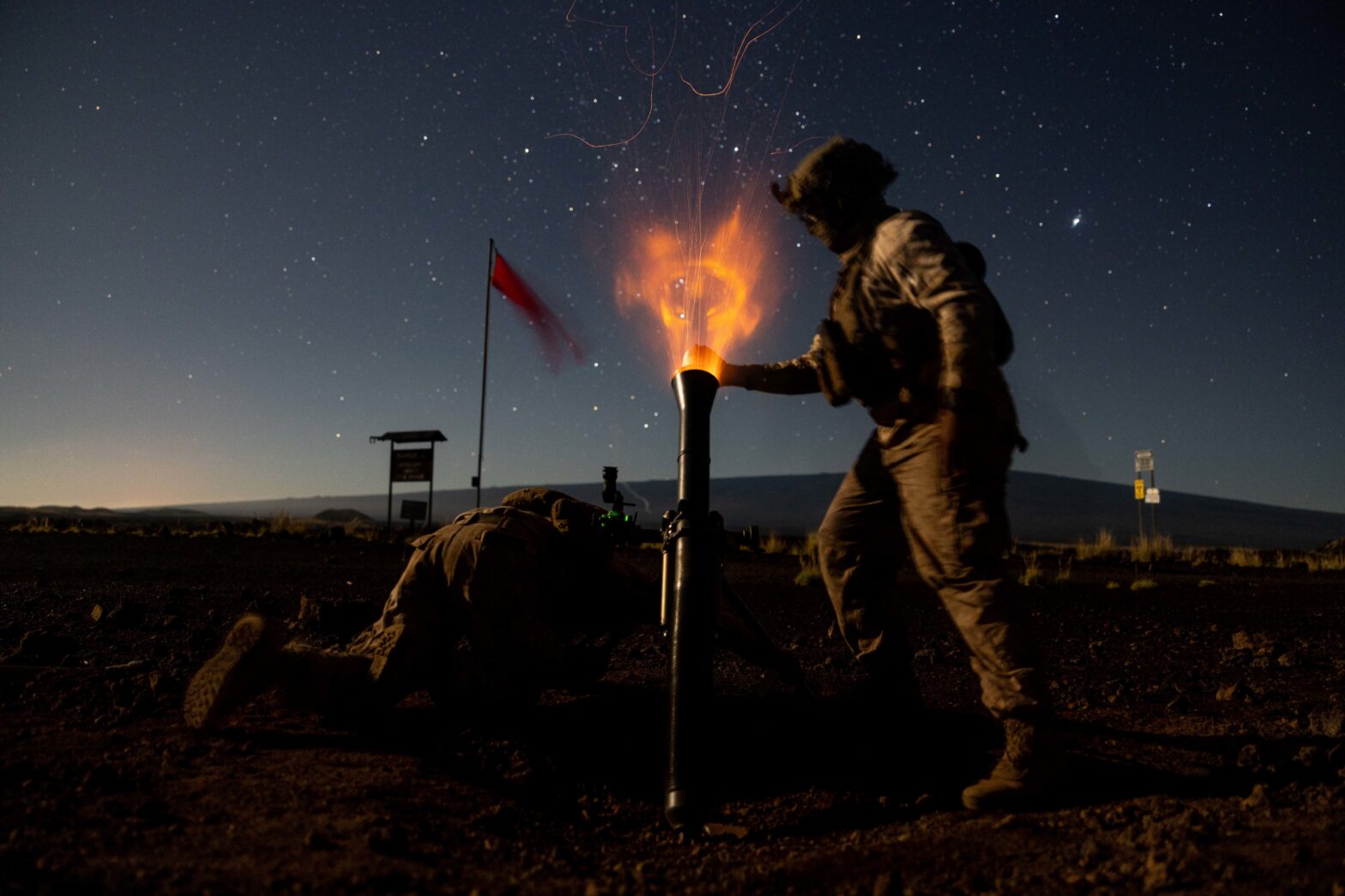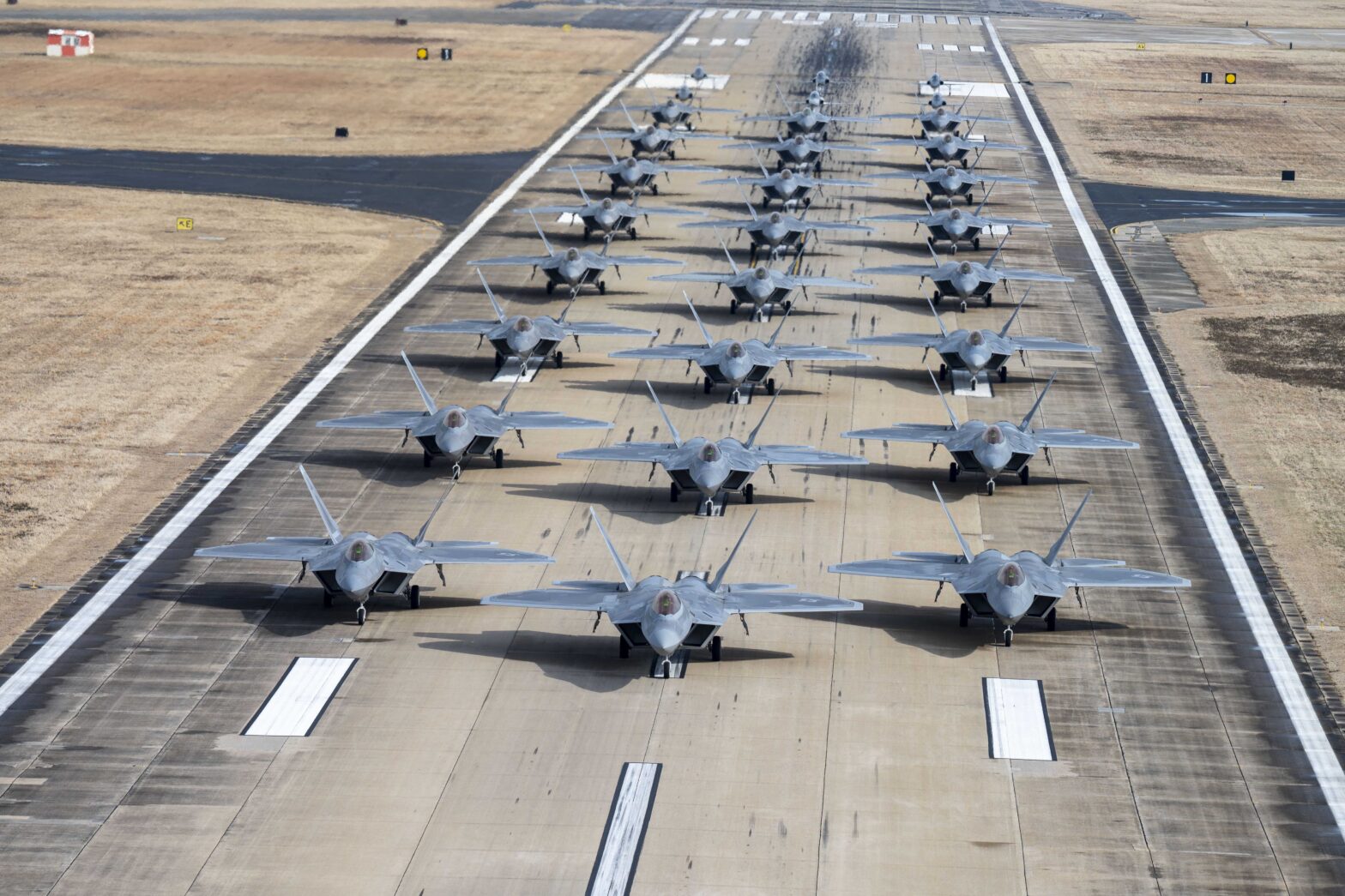Threshold panning involves movement in the yaw vestibular plane. The vestibular system will have the following roles for execution of this capability. The vestibular system is vulnerable to blast overpressure. Vestibular training is vital for tactical professionals to maintain a high level of performance, get the job done, and come home safely.
Author: Dani Fennerty
Acoustic Pressure and Breacher’s Brain
Breacher’s brain describes sub-clinical effects of exposure to blast overpressure that frequently impacts sleep, reaction time, headache, nausea, and balance. Current research emphasizes overpressure as the culprit for these symptoms, but research lead by Venkata Siva Sai Sujith Sajja investigated the potential of acoustic pressure contributing to these symptoms. [1] The research team out of… Continue reading Acoustic Pressure and Breacher’s Brain
The Ear and Blast Induced Neurotrauma
There have been many advancements in technology to provide protection from blast exposure, including limiting direct passage through the skull, compression of the torso causing a transfer of kinetic energy to the brain, and through protecting the chest and lungs to reduce hypoxia. [1] Another potential site of blast overpressure transmission is through the ear… Continue reading The Ear and Blast Induced Neurotrauma
The Vestibular System and Cognition
Vestibular function and cognition are closely related, with studies showing that individuals with dysfunction of the vestibular system frequently show deficits in attention, working memory, executive function, and spatial orientation. [1] The vestibular system is in the inner ear, just deeper than the hearing system. It is vulnerable to blast overpressure and ear pro does… Continue reading The Vestibular System and Cognition
Violence of Action
Entering a room with violence requires the ability to produce a high force of movement with your eyes up, maintaining visual clarity, and control deceleration into a stable shooting platform. These are all key capabilities of the vestibular system. Eyes Up Moving with your eyes up depends on your vestibular and proprioceptive systems to maintain… Continue reading Violence of Action
Suppressors and Brain Trauma
The science of suppressors and the potential impact of their use to reduce repeated impacts on the brain is an important and developing area of research. Javier A. Maldonado-Echeverria’s thesis for his Master of Applied Science in Mechanical and Mechatronics Engineering titled “Brain response to Overpressure and Recoil Loads from Discharge of Long-Range Precision… Continue reading Suppressors and Brain Trauma
TBI and Alcohol
A study on active duty airmen looked at a large sample size of those with mild traumatic brain injury (mTBI) in comparison to those who had an injury but without mTBI. They found that those with mTBI had a significantly elevated risk for alcohol dependence during their period of study which included 1 day to… Continue reading TBI and Alcohol
Long-Term Impacts of Repeated Head Trauma
A common saying is that if you’ve seen one brain injury, you’ve seen one brain injury. This reflects the complicated and unique presentation of each individual. When we consider repeated head impact exposures over a lifetime, it presents a very complicated and unique problem to address and stresses the importance of individualized and multidisciplinary approaches.… Continue reading Long-Term Impacts of Repeated Head Trauma
The Pervasiveness of Brain Trauma in Tactical Professionals
Neurotrauma is pervasive across the tactical community. These are only a few examples of the variety of mechanisms and specialties that are exposed to neurotrauma. It is important to recognize there is a range of neurotrauma to consider in this population, from severe traumatic brain injuries, to repeated subconcussive head trauma. It is imperative that… Continue reading The Pervasiveness of Brain Trauma in Tactical Professionals
Input, Processing, Output
The vestibular nuclear complex is an area of the brain that processes sensory information to create a motor output response. It integrates information from the vestibular system which senses motion, proprioception which senses position, visual information, as well as intended movement. [1] Another area of the brain that is important for vestibular processing is the… Continue reading Input, Processing, Output
